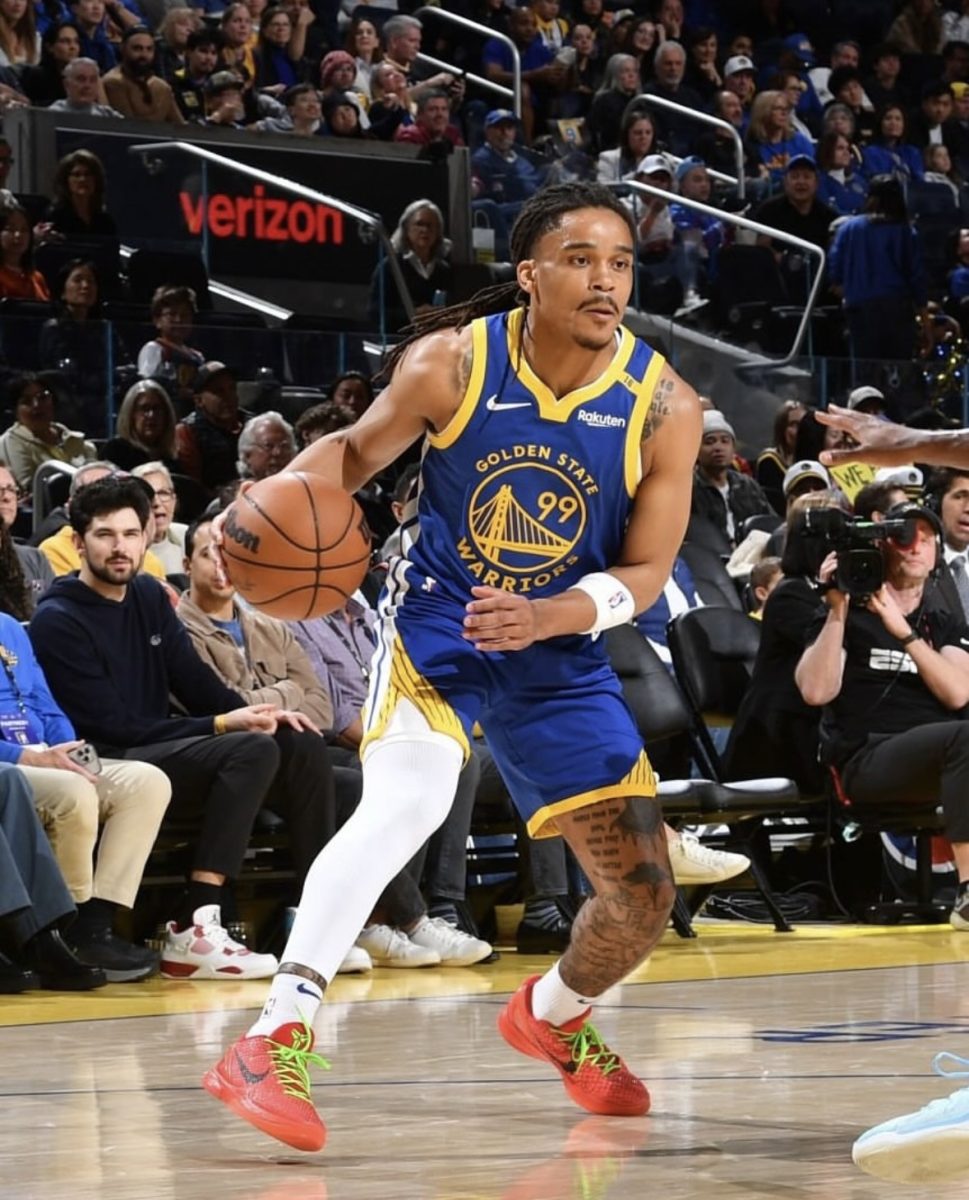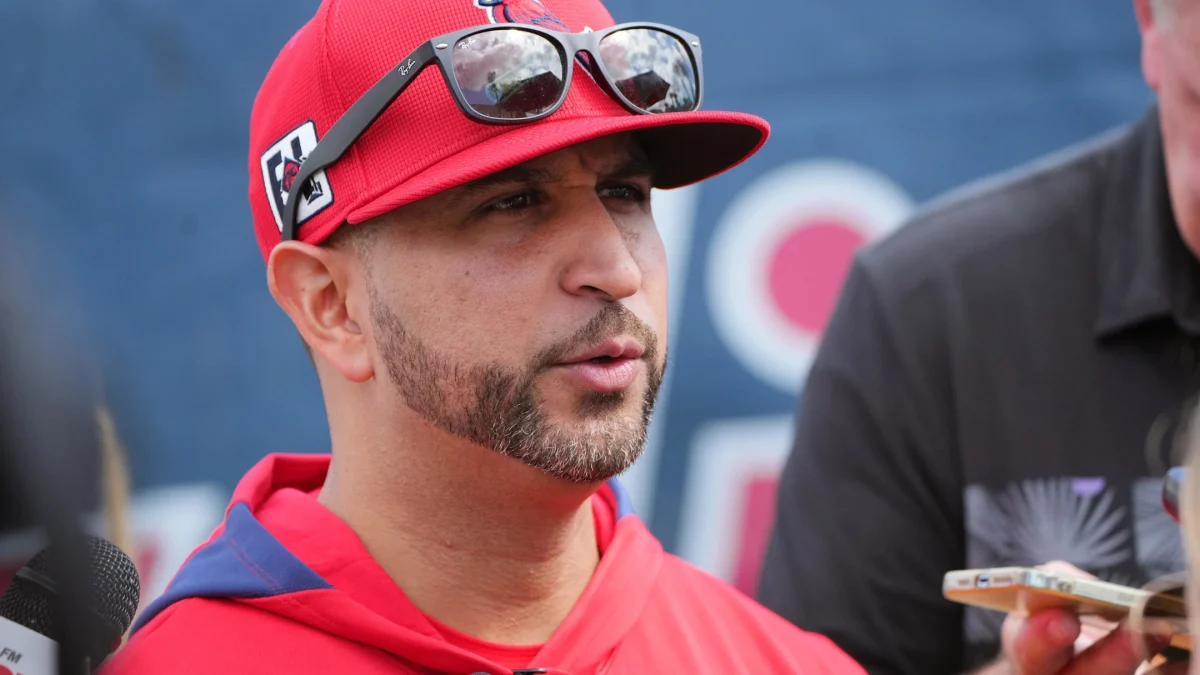Last Sunday at Texas Motor Speedway, five drivers came into the
Chevrolet 500 with a real chance to win the championship. Thanks to
incredible pit strategy, Gil de Ferran won his final career race.
Additionally, due to consistency and some bad luck affecting his
opponents, young Scott Dixon won the Indy Racing League
Championship in his first full season.
Sadly, the Indy Racing League season finale will be remembered
for only one thing. With 13 laps remaining in the race, 1999
Indianapolis 500 winner Kenny Brack and Dixon’s teammate, Tomas
Scheckter, touched wheels on the backstretch.
Brack’s car launched airborne and slammed into the 12-foot catch
fence at speeds over 215 miles per hour. His car cut through the
fence, hooked on one of the fence posts and disintegrated. The race
was immediately halted to clean up the wreckage from the two cars,
which covered almost a third of the racetrack.
Brack suffered a broken sternum, a broken thigh, two broken
ankles and three cracked vertebrae in his lower back. He’s lucky
just to be alive. This incident brings up the question: How fast is
too fast?
Since its inception in 1996, the IRL has run 87 races. In that
time, 76 drivers have been hospitalized with concussions or serious
bone breaks. In 1996, Scott Brayton died in a practice crash in
Indianapolis, and in 2000, Sam Schmidt was paralyzed from the waist
down following a testing crash in Phoenix, Ariz.
The probable cause for the high amount of injuries is that the
IRL runs on only oval tracks and the cars hardly ever average below
160 miles per hour. That’s 160-plus in an open cockpit, open wheel
car.
Granted, technology has increased and the number of
crash-related fatalities is on the decline, but perhaps it’s time
for the IRL to adopt rules like NASCAR to limit the speed of the
cars.
Unlike the IRL, NASCAR acknowledged the fact that speed kills.
In 1988, NASCAR mandated a restrictor plate to be installed on the
cars on tracks where they ran speeds of over 200 miles per hour.
The plate restricts the amount of air that can get to the
carburetor, cutting the engine horsepower almost in half.
The other option for the IRL is to go to a wider array of
tracks. The IRL’s counterpart, the FedEx Cart Championship Series,
races on a mixture of short ovals, street circuits, road courses
and super speedways. The Cart cars also have a more advanced
aerodynamic package for the speedways, allowing drivers to catch
and pass each other, as opposed to the IRL cars, that run in large
packs the entire race due to the poor front end aerodynamics.
Running in large packs is commonplace in NASCAR, but the stock
cars have one distinct advantage over the Indy cars: fenders.
Running inches apart in open-wheel cars is not only dangerous, but
it borders on insanity, especially considering a single touch can
have violent, even deadly consequences.
The main problem the IRL faces is that league president Tony
George doesn’t believe that it is flawed. George didn’t even
acknowledge the Brack crash had happened following the Texas
race.
Brack will recover to race again, but it probably won’t be with
the IRL. Just days before his horrible wreck in Texas, he mentioned
that he was uncomfortable with the high speeds and that he longed
to return to Cart where he was runner up to champion de Ferran in
2001, or to make the move to Formula 1 and the European
circuit.
Brack is not alone in wanting to get out of the IRL. Bryan Herta
and Dario Franchitti are both looking for Cart rides for next
season. They, along with most involved in the IRL, know that being
seriously injured in an accident isn’t just possible, it’s
inevitable.
“It’s like Russian Roulette,” said one IRL veteran following
Sunday’s race, “Sooner or later your time is coming.”
Luck shined on Brack last Sunday, but the Indy Racing League may
not be so lucky.
With rising concern for the well-being of drivers, and the
unwillingness of George to deal with the problem, the IRL may not
survive its next big wreck.









